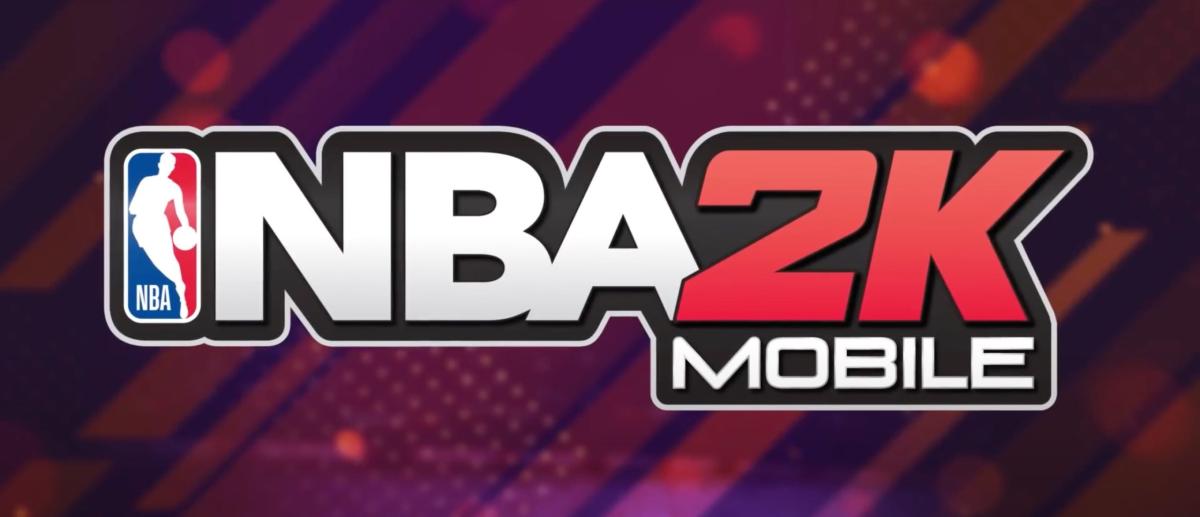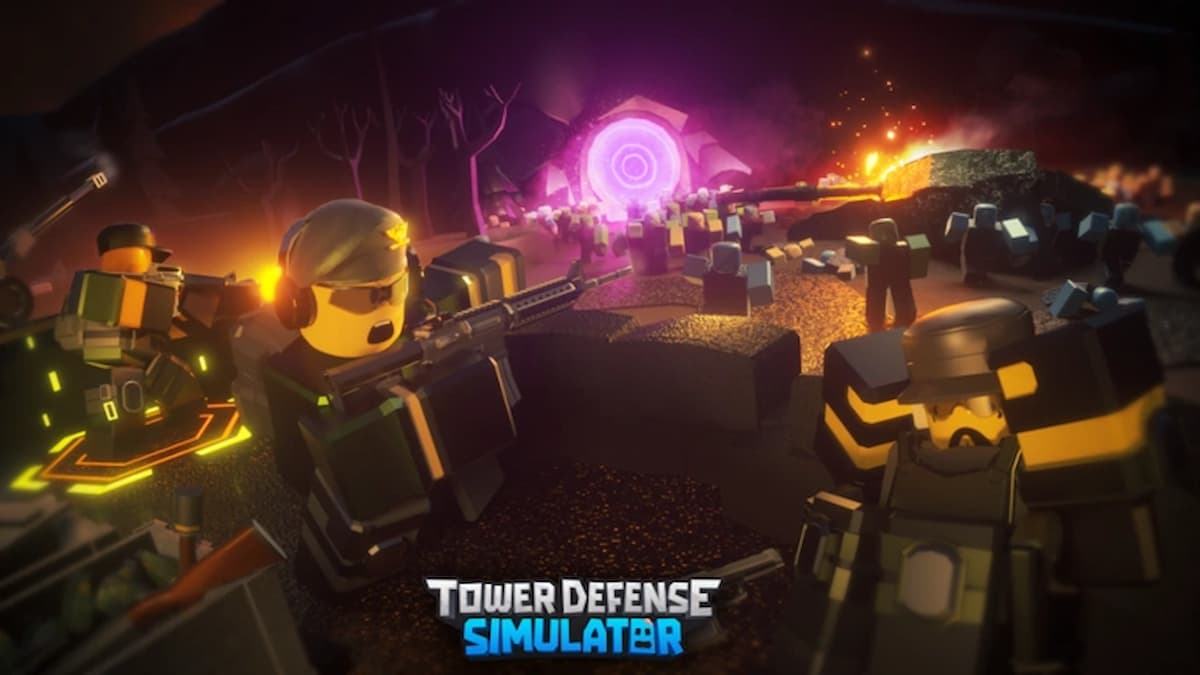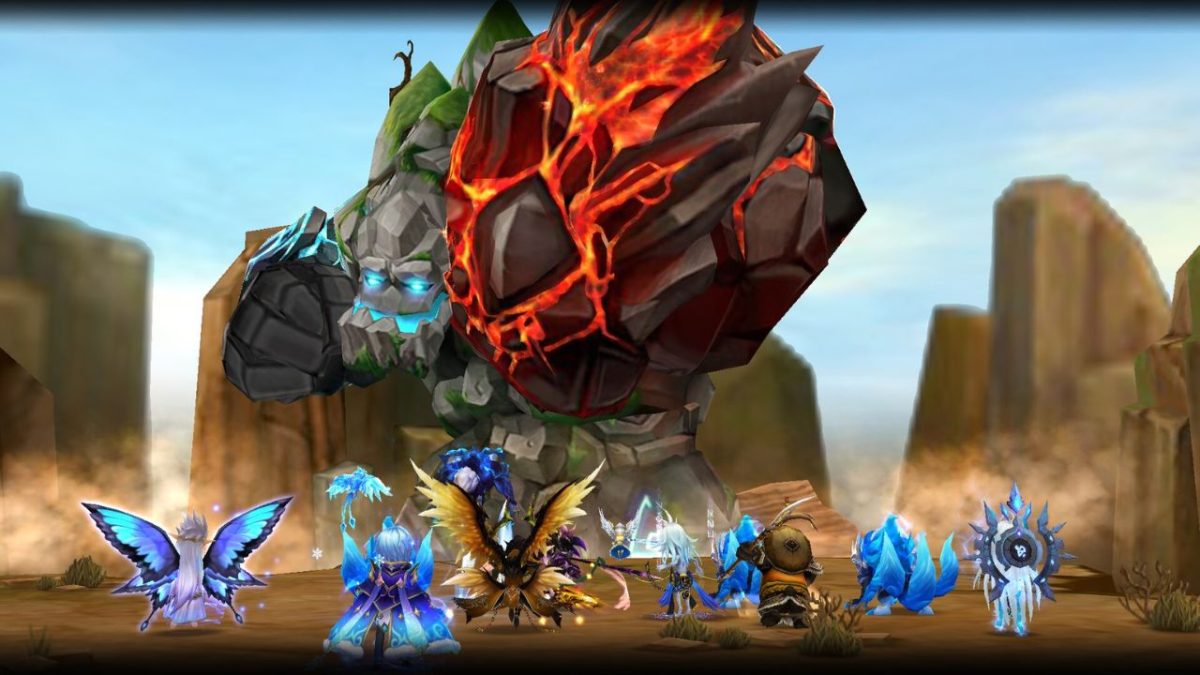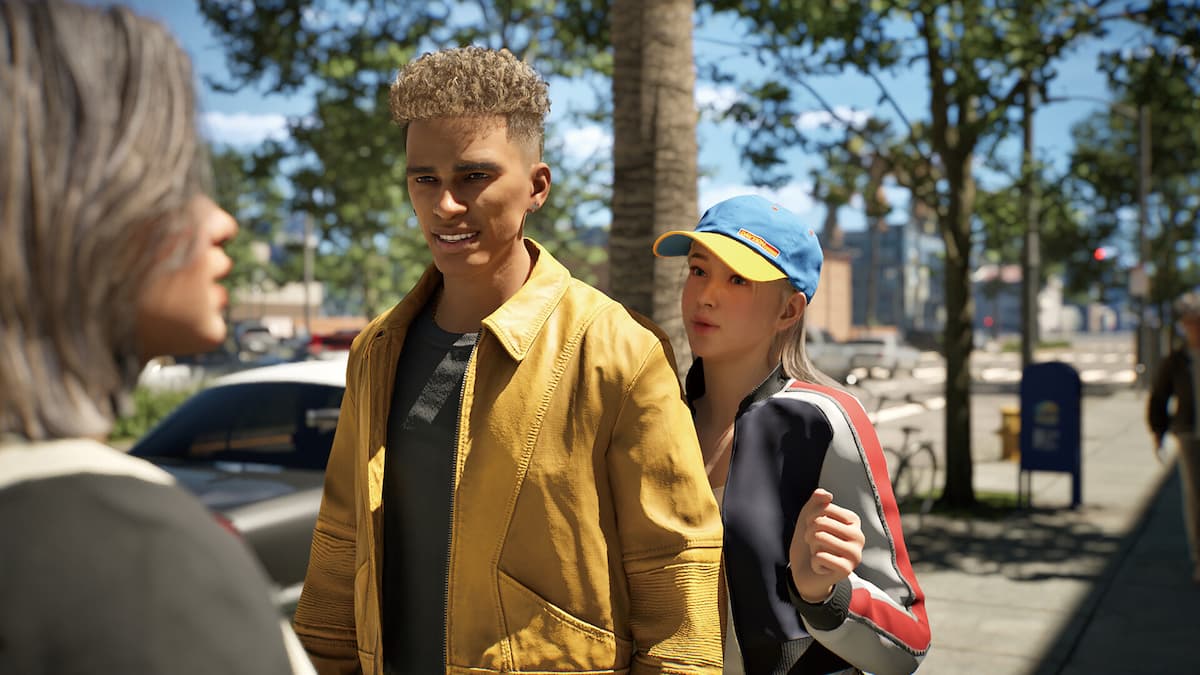Last weekend, multiplayer game Dota 2 broke records when one of its tournaments gave away $11 million in prizes—the largest ever prize pool for a professional gaming event. If a Seattle research startup is right, however, the game might provide a far more valuable contribution to the history books: It can help teach how we—and especially gamers—learn.
Playing games at the highest levels requires extreme dexterity and reactions speeds. But video games also have some of the most challenging and complicated rule-sets out of any type of game on the planet. They’re also extremely popular (with playerbases in the tens of millions), often hold meticulous records in the form of game replay files, and provide unique opportunities that traditional sports just can’t match. As such, they’re a perfect tool for testing how learn and acquire skills.
Research startup, Foundry10 recently launched a new project that will study patterns between how people learn a game—based on their trajectory up Dota 2’s online rankings—and what they are doing with their eyes when they play.
The idea came from an earlier Foundry10 study found that pros could quickly pick out novices who showed the most room for growth.
“This led us to the question,” says Foundry10’s Tom Swanson, “how does this understanding occur, and how can we speed up the progression of skills?”
The key to understanding, Swanson says, revolves around where the players are looking on-screen. The team hypothesizes that they can predict how quickly that player will pick up the skills necessary to play the game at a high level by using an eyetracker to record eye movements.
By seeing how quickly the player rises up the in-game ladder, and by asking the player to evaluate themselves, Foundry10 aims at finding a deeper understanding of what it means to learn.
We want to see what it takes to go from beginner-level to expert-level, what the trends are that decide someone will be good, and how to accelerate the process.”
He also notes that gaming studies can explore other areas as well, from high-stress situations that esport gamers routinely find themselves in, to responses to visual stimuli.
“There is a distraction test, where subjects are asked to count the number of times a basketball is passed back-and-forth, but in the background a dancing gorilla walks through the scene. Gamers, particularly those who play action games like Dota 2, see the gorilla more often.”
Foundry10’s study will take place over the next few months, but initial findings are in-line with what the pros told them to look for. And luckily for Foundry10, volunteers are more than willing to play games for science—their signup booth at The International, last weekend’s $11 million tournament that was held in Seattle, brought in more than 120 participants.












Published: Jul 24, 2014 01:00 am